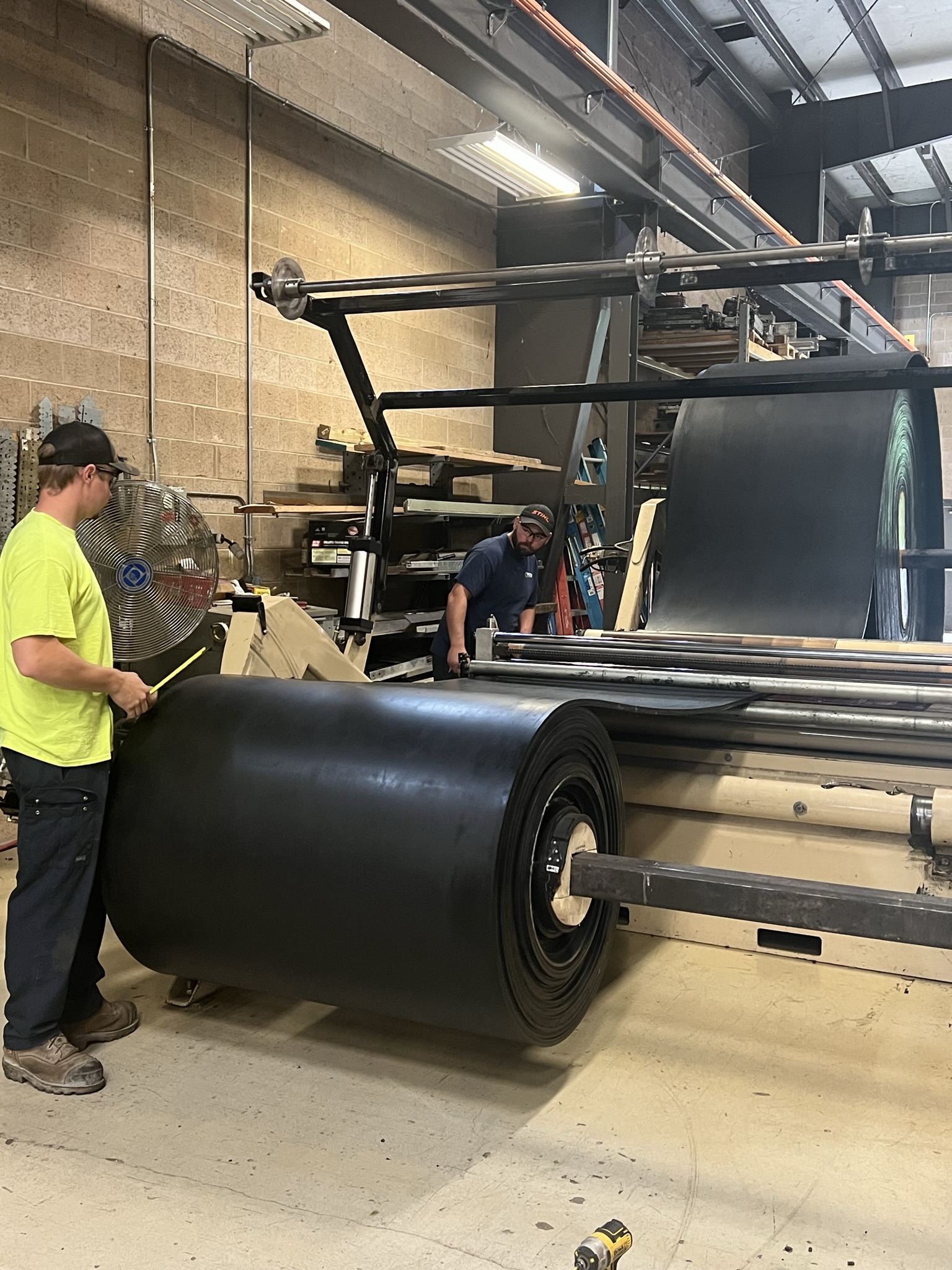Craftsmanship Behind Conveyor Belts: A Comprehensive Guide
In the heart of industrial operations across a spectrum of sectors—from mining and manufacturing to food processing—is the conveyor belt system. A product of engineering that combines simplicity with robustness, propelling materials efficiently through production lines and recycling plants. Yet, the complexity of its creation remains a mystery to many. This guide aims to demystify the manufacturing process of conveyor belts, tracing their lifecycle from conception to completion while spotlighting the fusion of innovation and tradition in their creation.
The Genesis: Designing the Backbone
The inception of a conveyor belt begins with a deep understanding of its intended application. This phase is critical, as it dictates the design criteria, such as load capacity, material type to be conveyed, and the operational environment. Based on these requirements, engineers select the fabric type serving as the belt’s backbone. The options are varied:
- Multi-Ply Standard Design: The industry’s tried and true, characterized by layers of woven fabric that provide tensile strength.
- Straight-Warp Design: Chosen for environments where impact resistance and tear strength are paramount, thanks to its continuous warp cords.
- High-Bred Design: A hybrid that marries the benefits of straight-warp and multi-ply designs for enhanced performance in demanding conditions.
Constructing the Body
Upon laying the fabric foundation, the next endeavor is integrating rubber components that endow the belt with functionality and durability. These include the top cover, which interacts directly with the material being conveyed and offers wear resistance; skims, which bolster adhesion between the fabric plies and covers; and the bottom cover, which ensures smooth interaction with the conveyor system’s mechanics. Layers of a Conveyor Belt.
The Art of Vulcanization
Vulcanization is a pivotal stage where rubber components are bonded to the fabric plies under controlled temperature and pressure, crafting a unified and resilient conveyor belt. This process is vital for achieving optimal adhesion and the belt’s overall performance.
Ensuring Excellence: Quality Control
Quality assurance is non-negotiable, with rigorous inspections and testing at every juncture of manufacturing. These evaluations ensure compliance with tensile strength, elongation, and adhesion specifications. Specialized tests like flame or oil resistance may also be conducted depending on the application.
The Future of Conveyor Belts
The conveyor belt industry stands on the cusp of a revolution driven by technological advancements and a growing emphasis on sustainability and efficiency. Noteworthy trends include:
- Smart Belts: Integrating sensors and monitoring systems opens doors to real-time data analysis, predictive maintenance, and operational optimization.
- Sustainable Materials: A shift towards recycled materials and eco-friendly rubber compounds aims to minimize environmental footprints.
- Customization: Enhanced design and manufacturing techniques allow belts tailored to specific applications, offering unprecedented precision.
Conveyor belts transcend their role as mere components. They are vital arteries of modern industry, propelling materials and fostering progress. Understanding their manufacturing intricacies illuminates their capabilities and highlights their indispensable role across various industries. How a Conveyor Belt is Made.
Bridging Theory and Practice
This exploration into the world of conveyor belt manufacturing underscores the blend of innovation, tradition, and meticulous craftsmanship that characterizes their production. From the initial design considerations to the nuanced process of vulcanization and beyond, each step is a testament to the industry’s commitment to quality, efficiency, and sustainability.
For clients and prospects in the realm of industrial manufacturing, the importance of selecting a conveyor belt that meets your specific needs cannot be overstated. It is not merely about choosing a product but investing in a solution that enhances operational efficiency, supports sustainability, and drives progress.
The future of conveyor belts is bright, with technological advancements promising even greater efficiency, resilience, and environmental responsibility. Understanding the manufacturing process of conveyor belts offers valuable insights into their potential and reaffirms their significance in powering various industries and workplaces worldwide.










